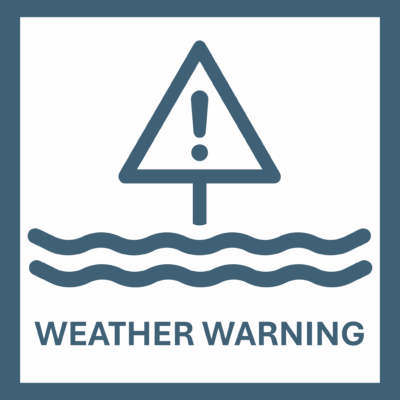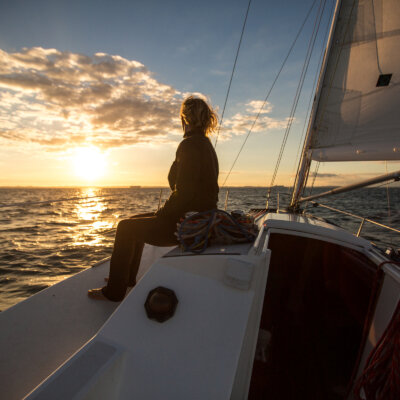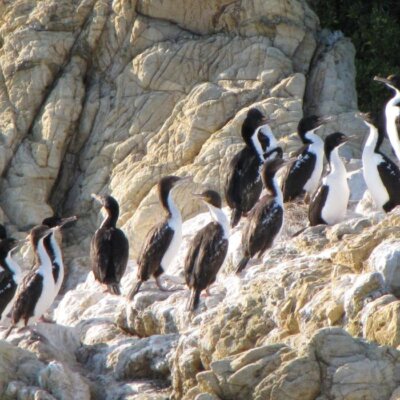Focus on…Perano Whaling Station
Queen Charlotte Sound was a well-known whaling base in Australasia. For nearly 140 years, whales on their annual migration were spotted by whalers from various hilltop lookouts.
The most notable location for whaling was at Perano Head, where Australian ex-convict John Guard set up Te Awaiti whaling station on Arapawa Island. Guard was one of the first Europeans to settle in the South Island in the 1820s.
Guard was in the right spot for viewing whales, but it was the Perano family who founded the whaling industry at Arapawa Island in 1911.
Whaling peaked in 1960. In June that year, 78 whales were killed in just 16 days and a total of 226 humpback whales were caught during the entire season. Two years later, humpback numbers were so low that the Peranos started hunting Orca for oil.
On Monday 21 December, 1964, the last whale was harpooned in New Zealand waters, which brought to an end the working life of the country’s last big shore whaling station. It was the falling prices, foreign fleet’s competition and public emotion that led to the end of the industry.
Today, you can see the Perano whaling station wharf and the remains of the processing complex, as well as the slipway once used to haul up the whales. The Department of Conservation completed restoration work in the area in 2010.
Whale spotters still climb to the top of Arapawa Island to scan the sea for migrating humpbacks, but these days their job is to monitor and count them for conservation reasons.
Images courtesy of Richard Briggs Photography.




